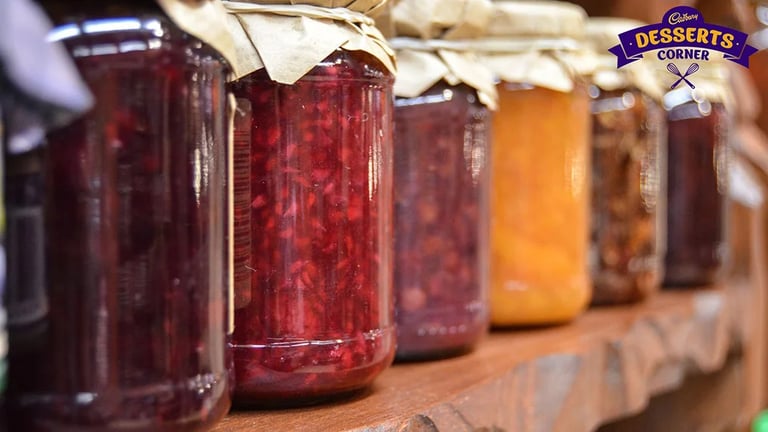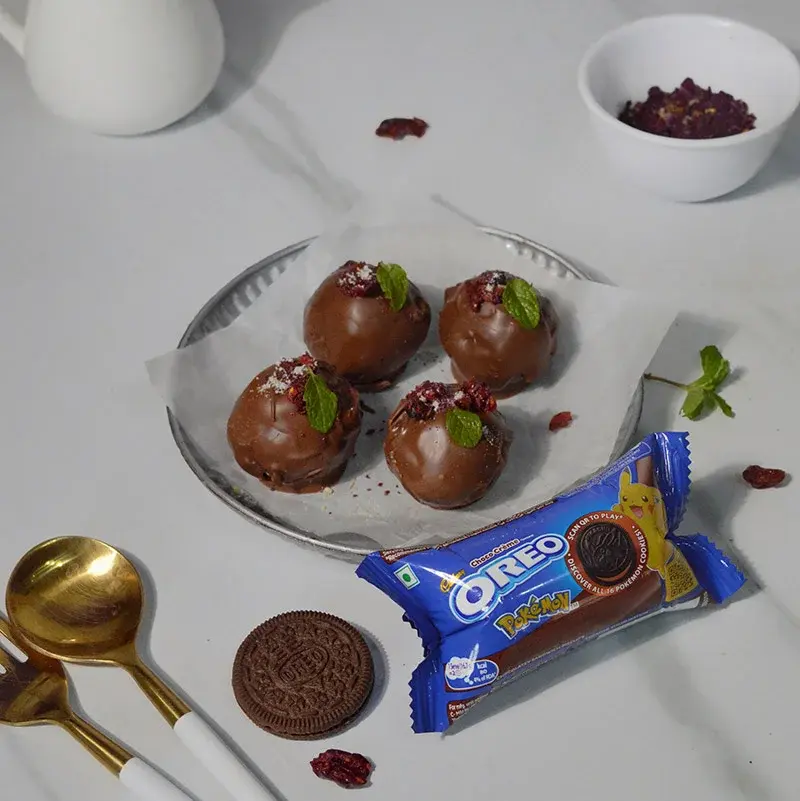"Tutti frutti," an Italian phrase translating to "all fruits," is not merely a phrase in Italy; it's a confectionary delight celebrated worldwide.

"Tutti frutti," an Italian phrase translating to "all fruits," is not merely a phrase in Italy; it's a confectionary delight celebrated worldwide.
"Tutti frutti," an Italian phrase translating to "all fruits," is not merely a phrase in Italy; it's a confectionary delight celebrated worldwide. This term goes beyond being just an ice cream flavor or a chewing gum; it encapsulates a spectrum of brandied mixed fruits, lending a burst of color and sweetness to various baked delights. The journey of tutti frutti involves the art of candying or drying sliced fruits, resulting in visually appealing, multicolored delights. Pineapple, papaya, mango, apricot, grapefruit, and sometimes nuts contribute to this versatile mix. Traditionally preserved in brandy, tutti frutti weaves its way into ice creams, cakes, cookies, and more, offering a symphony of fruity goodness.
Italian Roots: A Diverse Melange of Fruits

In Italy, tutti frutti encompasses a diverse assortment of dried fruits, meticulously diced into small, indistinguishable pieces, and then preserved in brandy. This medley takes various forms, ranging from traditional brandy-preserved versions to dry variants securely sealed in packaging. Having been popular for its vivid and festive colors, tutti frutti stands out as a coveted addition to an array of delicacies, including ice cream, cakes, cookies, scones, and other baked goods, especially during holiday seasons.
The late 1800s marked the rise of the term "tutti frutti" in the United States, where it denoted a versatile and spirited compote. Homemakers engaged in crafting this delightful concoction, a fusion of fruit, sugar, and brandy, commencing in May and augmenting it with a variety of fruits throughout the summer. Tutti frutti's flavor, a dance on the taste buds, hinged on the selection of fruits, their proportions, and the duration of stewing. In an era dominated by industrially preserved goods catering to the affluent, tutti frutti became a pivotal element in sustaining a nutritious winter diet for families.
Nevertheless, the popularity of tutti frutti experienced a downturn in the mid-1910s, accelerated by the advent of Prohibition in 1920, which deemed the spirited treat illegal. Yet, in the 1970s, a communal renaissance unfolded with the emergence of "friendship fruit" jars, injecting vitality into brandied mixed-fruit recipes. The allure of tutti frutti lies in its adaptable nature, empowering individuals to incorporate their preferred fruits in desired proportions. The recipe, a tribute to seasonality, demands patience as fresh fruits are introduced one by one, culminating in a product that transcends temporal boundaries.
The historical tapestry of tutti frutti extends to its presence in ice cream recipes since the late 1800s and its distinction as one of the inaugural gum flavors available in a vending machine in 1888. Menus from 1900 and early-20th-century cookbooks illuminate its prominence in America, underscoring its resilience amid evolving culinary trends.
Tutti Frutti's Indian Odyssey: A Sweet Revolution

In India, tutti frutti has etched a captivating history, influenced by the nation's socio-economic milieu and culinary traditions. In the pre-liberalization era, an epoch marked by the scarcity of fruit desserts, cakes, and ice creams, tutti frutti emerged as a cherished and vibrant addition to various confections. The term, translating to "all fruits" in Italian, acquired a distinct identity in the frugal economy of socialist India.
Diverging from its Western counterpart, Indian tutti frutti emerged as a clever alternative to exotic fruits. Through a meticulous process, raw papaya was boiled and immersed in sugar syrup, undergoing a vibrant transformation into shades of green and red, resembling the visual appeal of candied berries, cherries, and peaches. This indigenous variation seamlessly integrates into various culinary delights, becoming a key component in sweetened buns, packaged tea cakes, and the crystallized chewy elements of tutti frutti ice cream.
The 1990s marked the widespread prevalence of tutti frutti in India, prominently displayed in large glass jars at neighborhood stores. Enthusiastic home bakers embraced it as a fundamental ingredient, injecting a burst of color and vibrancy into otherwise plain cakes and puddings.
Despite differing opinions on its taste, tutti frutti has established a distinctive place in childhood memories. The tutti frutti sundae, an elevated interpretation featuring luscious vanilla and butterscotch ice cream adorned with real fruits, captivated the discerning palates of dessert enthusiasts.
In the midst of the burgeoning trend of artisanal patisseries and gourmet ice creams, tutti frutti maintained its position as a nostalgic delicacy, evoking reminiscences of sun-soaked afternoons and familial gatherings. In the current era of lockdowns, as a return to simplicity shapes culinary preferences, tutti frutti undergoes a renaissance in Indian kitchens.
Like This Article?
More Like This
Popular Articles





Trending Web Stories
Curated Recipes
















